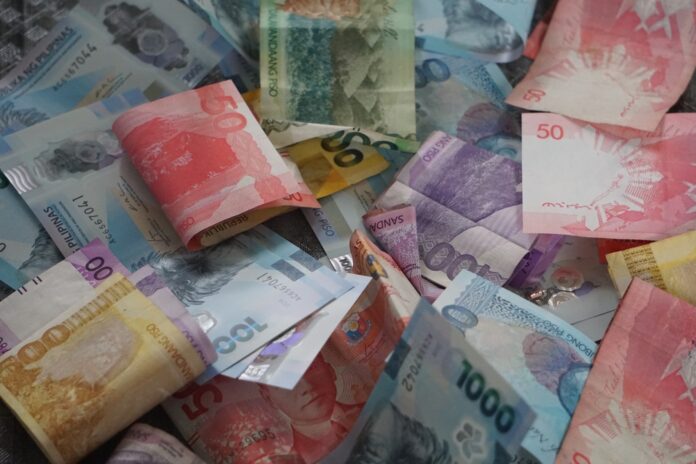Inflation in the Philippines is expected to continue its downward trend in May, with the Bangko Sentral ng Pilipinas (BSP) projecting a year-on-year rate between 0.9 percent and 1.7 percent, the central bank said Friday.
The BSP attributed the anticipated easing in price pressures to favorable domestic supply conditions, particularly for rice and fish, alongside lower global oil prices, declining electricity rates, and appreciation of the Philippine peso. However, the central bank noted that these gains may be partially offset by rising costs of vegetables and meat products.
This forecast comes after the country’s inflation rate dropped to 1.4 percent in April 2025, down from 1.8 percent in March, marking the lowest inflation reading since November 2019, according to the Philippine Statistics Authority. April’s decline was driven by slower price increases in key categories including food, clothing, and personal care, while transport costs continued to fall amid ongoing deflation in the sector.
Core inflation — which excludes volatile food and energy prices — held steady at 2.2 percent in April, indicating underlying price pressures remain manageable.
In light of these developments, the BSP Monetary Board signaled a continued measured approach to monetary policy, emphasizing that future adjustments will be calibrated to support price stability while promoting sustainable economic growth and employment.
The latest forecast reinforces expectations that the BSP may maintain its current policy settings in the near term, barring any significant changes in inflation dynamics or global economic conditions.
In a related development, the BSP also signaled it may ease monetary policy to support growth, taking advantage of the country’s low inflation amid intensifying global trade disruptions, particularly from escalating U.S. tariffs.
Speaking on behalf of BSP governor Eli M. Remolona, Jr., deputy governor Zeno Ronald R. Abenoja said the Philippines is well-positioned to navigate global headwinds, with headline inflation falling to 1.4 percent in April 2025. “Low inflation gives us extra degrees of freedom to ease monetary policy and support growth,” said Remolona in a speech delivered by Abenoja.
The remarks were made during a joint policy forum organized by the BSP and the Philippine Institute for Development Studies (PIDS), held at the BSP Head Office in Manila on May 26. The event, titled “Seizing the Shift: Navigating Trump’s Reciprocal Tariffs,” brought together government officials, business leaders, and academics to assess the implications of volatile global trade policy—particularly the U.S.’s adoption of steep, retaliatory tariffs.
Remolona warned that trade shocks pose a greater risk than supply shocks, potentially undermining decades of development gains. Participants discussed policy options to reinforce the country’s integration into global value chains and to capitalize on its comparative advantages, while cushioning vulnerable sectors.
The BSP’s dovish stance comes as part of a broader strategic response to shifting trade dynamics, highlighting the central bank’s role not just in price stability, but in long-term economic resilience.







